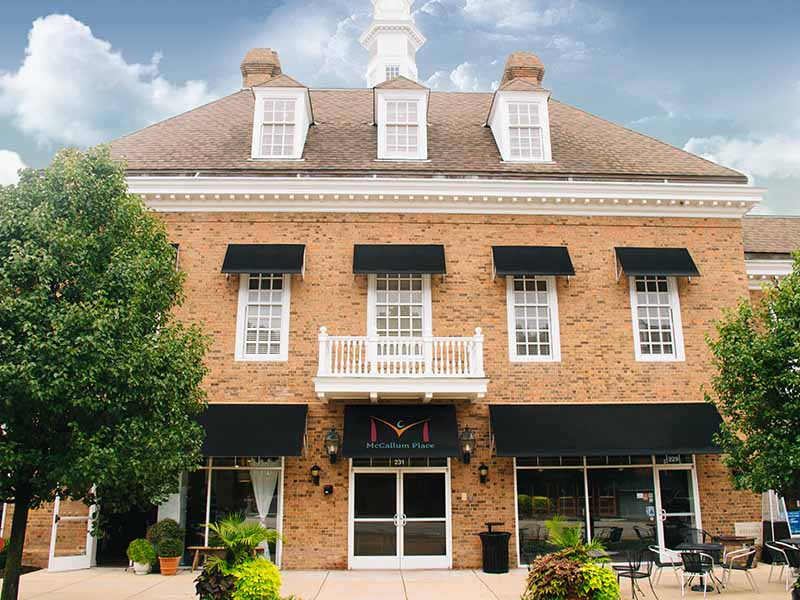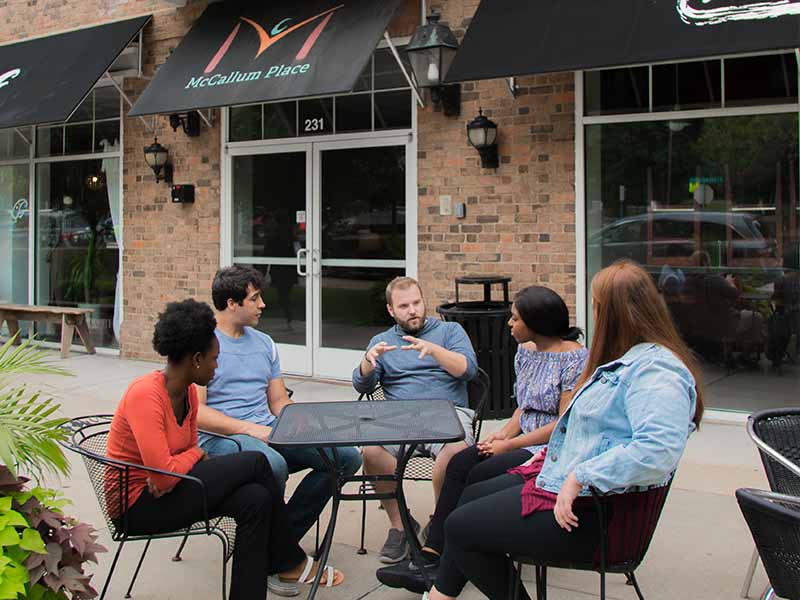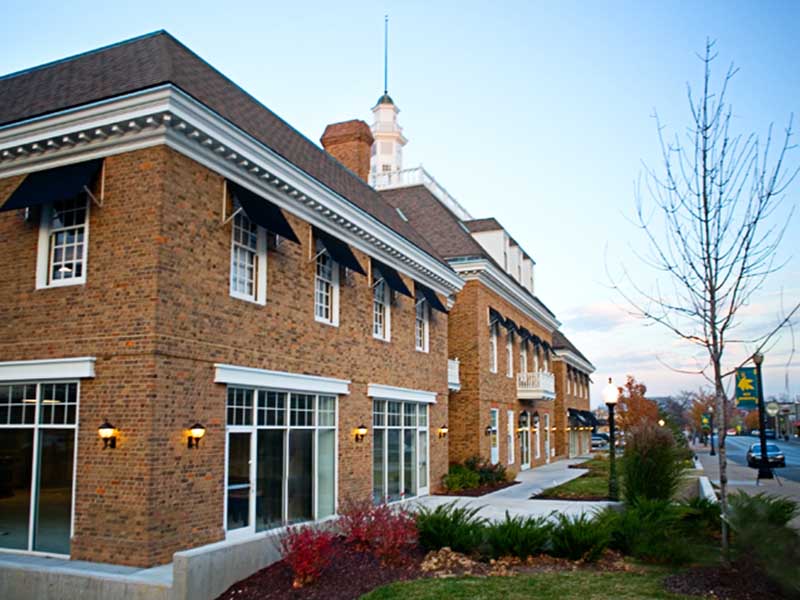McCallum Place is a nationally acclaimed eating disorder treatment center that has helped change the lives of individuals who struggle with muscle dysmorphia. Proudly serving St. Louis, Missouri, McCallum Place is the premier provider of eating disorder treatment for adolescents and adults of all genders.
What Is Muscle Dysmorphia?
Muscle Dysmorphia, also commonly referred to as reverse anorexia or bigorexia, is a disorder in which a person constantly worries and obsesses about being too small or underdeveloped. This disorder has been nicknamed bigorexia, or reverse anorexia, because people suffering from this disorder appear to have the opposite problem of someone suffering from anorexia, whose distorted mental image says that they need to achieve an impossible and deadly level of thinness. Therefore, people suffering from muscle dysmorphia will typically have an extremely large muscle mass, and in fact, will even appear to be at the peak of fitness. Often people suffering from muscle dysmorphia are professional body builders or amateur athletes who compete in body building competitions.
Muscle dysmorphia is similar to anorexia because it is a form of body dysmorphic disorder that results in a variety of obsessive-compulsive behaviors regarding diet and fitness. Individuals suffering from muscle dysmorphia constantly obsess over their physical imperfections and this perceived inadequacy can affect many areas of the person’s life. These feelings of inadequacy and a strong dissatisfaction with body image ultimately lead many to seek eating disorder treatment. However, for anyone suffering from muscle dysmorphia, it is important to receive treatment in order to avoid the dangerous side effects that can result from long term muscle dysmorphia. Potential side effects and medical complications that can result from muscle dysmorphia include damaged muscles, joints, cartilage, tendons, or ligaments due to compulsive weight-lifting regimens and the inability to allow muscles to rest or recover from minor irritations or injury. If you are looking for treatment programs for muscle dysmorphia, please call McCallum Place Eating Disorder Center today.
Who Is at Risk for Muscle Dysmorphia?
There has been limited research on muscle dysmorphia, so exact causes and triggers for this disorder have not yet been pinpointed. Muscle dysmorphia can occur in individuals of all genders. Additionally, both frequent gym-goers and bodybuilders are popular candidates for developing muscle dysmorphic disorder. Recent studies have shown that approximately 10% of the men who are obsessive gym-goers suffer from muscle dysmorphia.
Other situations that may increase the risk factor for developing muscle dysmorphia include:
- Work environments where weight, image, and appearance is an important factor, such as in modeling, acting, ice skating, dancing, or body building
- A history of being bullied or teased in childhood
- Past trauma including seeing a mother experience domestic violence
Signs of Bigorexia
If you believe that you or a loved one may be suffering from bigorexia, it is important to look for main signs and indicators of bigorexia in order to determine if it might be more than just a dedication to healthy working out and weightlifting. If you recognize the following signs of bigorexia in yourself or another individual, it is important to seek professional treatment as soon as possible. Signs to look for include:
- An overwhelming belief that no matter how hard one tries, their body is never muscular enough
- Frequently and compulsively looking at one’s self in the mirror
- Maintaining a strict, usually high-protein and low-fat diet
- A sense of disgust and disappointment in one’s physical appearance
- Wearing baggy clothes to hide the size of one’s body
- Using steroids or other body building products
- Missing social events, skipping work, and ignoring family obligations in order to workout
- Avoiding situations where one’s body might be exposed such as at the beach or pool
- Working out even when injured or in pain often resulting in even greater injury
- Using excessive amounts of food supplements
- Maintaining extreme workout methods
Receiving Treatment for Muscle Dysmorphia
Muscle dysmorphia is a curable type of body dysmorphic disorder, and therefore, individuals suffering from this illness can overcome the disorder with proper treatment. Because of the overwhelming and dangerous side effects of bigorexia, all of the individuals suffering from this disorder should undergo some form of treatment in order to return to a healthy lifestyle. During muscle dysmorphia treatment, the treatment team will help address underlying issues that may have caused the disorder. Additionally, individuals overcoming muscle dysmorphia are taught coping methods and behaviors for dealing with life’s stressors in healthy ways in order to overcome the illness and prevent relapse. Contact McCallum Place Eating Disorder Center to learn about our treatment programs for muscle dysmorphia in St. Louis.














